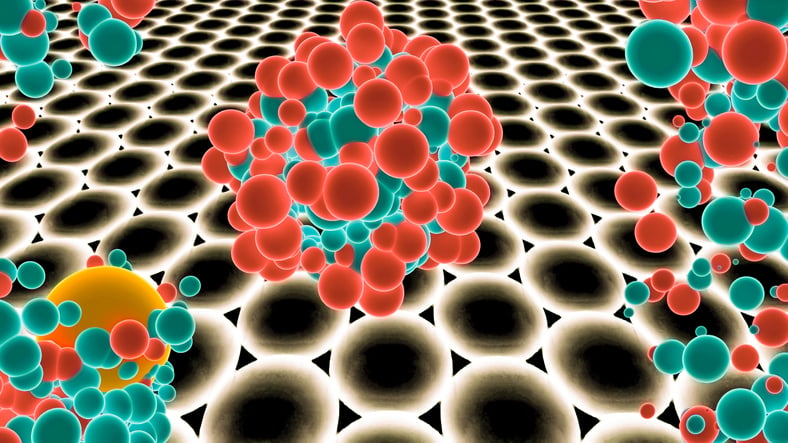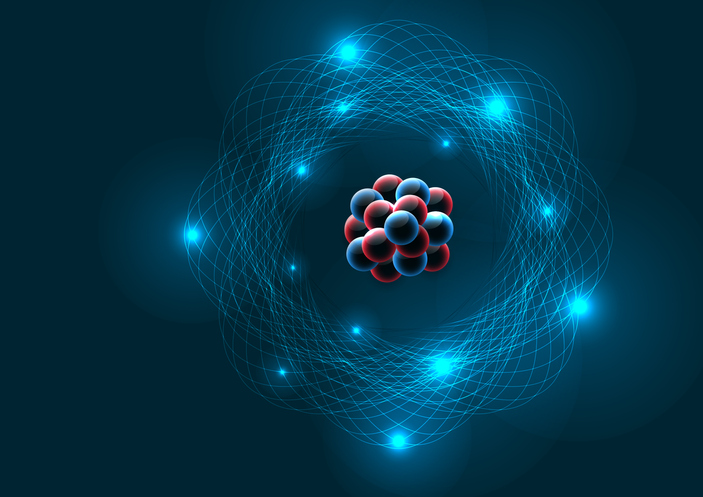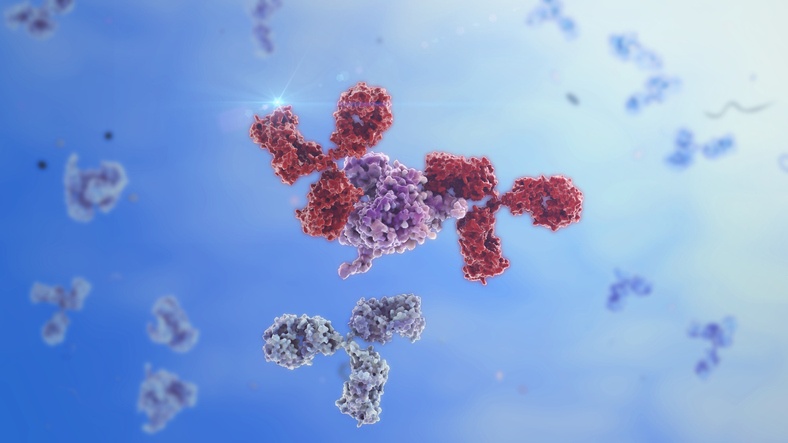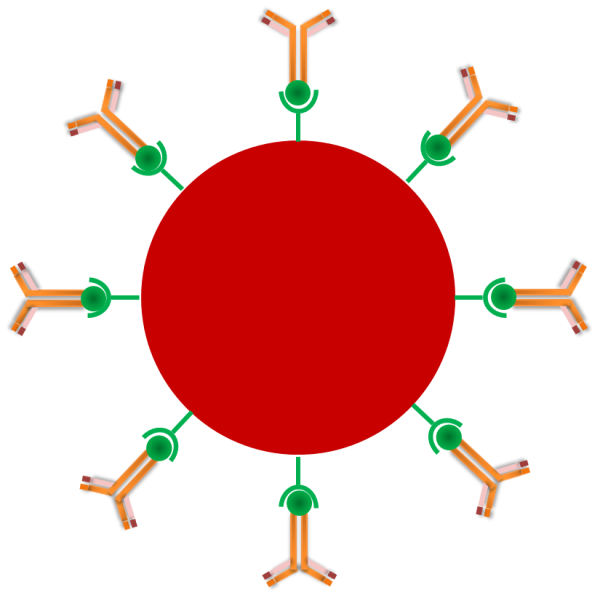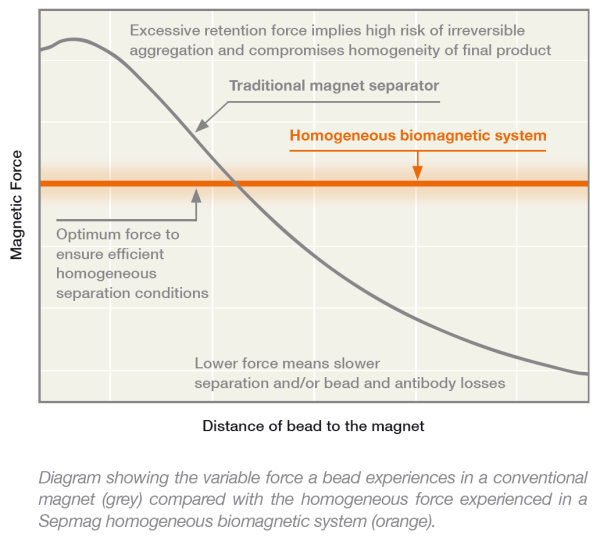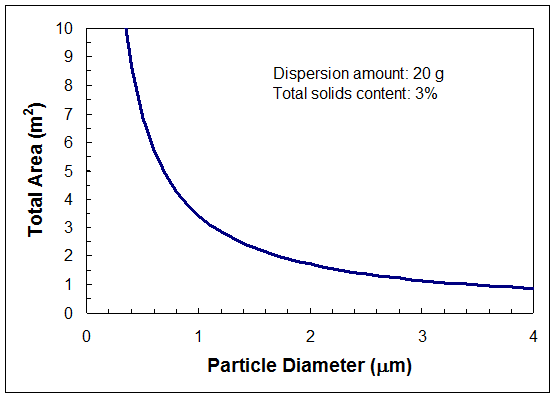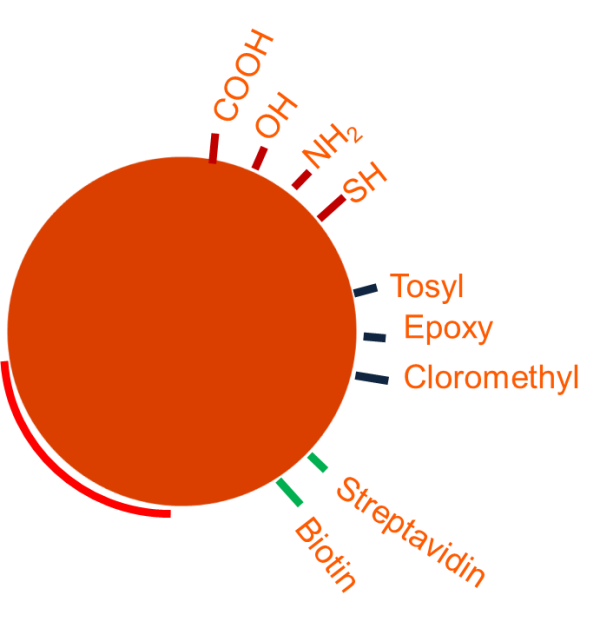KODE™ Technology is based on novel water-dispersible self-assembling molecules, called a function-spacer-lipids or KODE™ constructs (Figure 1) that are able to coat virtually any biological or non-biological surface with almost any biological or non-biological material [1-10]. The primary coating method of live cells, organisms, bacteria and viruses or solid surfaces (glass, metals, plastics, etc.) is achieved by simple contact with a solution containing one or more FSL KODE™ constructs. Upon contact the FSLs spontaneously and harmlessly create a stable and novel surface coating. Essentially the spontaneous self-assembling process is driven by the need of the constructs to “exclude water”. Because the constructs are able to bind to virtually any surface, be it hydrophobic or hydrophilic the mechanisms of action are multiple and complex and include hydrophobic interactions (via lipid tail), hydrophilic interactions (via the head group and spacer), micelle entrapment, encapsulation, bi/multi layer assembly, and other factors such as hydrogen bonding, van der Waals forces, electrostatic and ionic interactions and combinations of all the above on complex surfaces.


